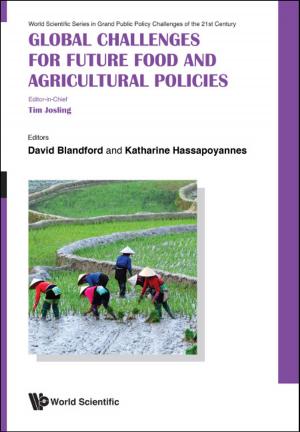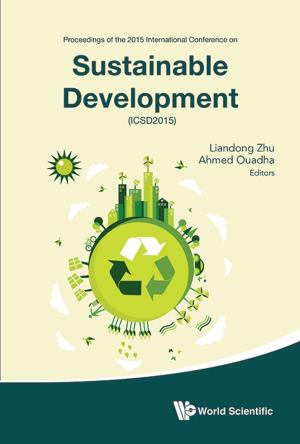Ranking the Liveability of the World's Major Cities
The Global Liveable Cities Index (GLCI)
Nonfiction, Social & Cultural Studies, Political Science, Politics, City Planning & Urban Development, Social Science, Sociology, Urban, Science & Nature, Nature| Author: | Khee Giap Tan, Wing Thye Woo, Kong Yam Tan;Linda Low;Grace Ee Ling Aw | ISBN: | 9789814417327 |
| Publisher: | World Scientific Publishing Company | Publication: | June 29, 2012 |
| Imprint: | WSPC | Language: | English |
| Author: | Khee Giap Tan, Wing Thye Woo, Kong Yam Tan;Linda Low;Grace Ee Ling Aw |
| ISBN: | 9789814417327 |
| Publisher: | World Scientific Publishing Company |
| Publication: | June 29, 2012 |
| Imprint: | WSPC |
| Language: | English |
This unique volume aims to provide a first comprehensive assessment on attributes, conditions and characters which constitute a liveable city. The book posits that the degree of liveability depends on five themes: satisfaction with the freedom from want; satisfaction with the state of the natural environment and its management; satisfaction with freedom from fear; satisfaction with the socio-cultural conditions; and satisfaction with public governance.
The authors attempt to be more constructive through performing policy simulations by first identifying relative weaknesses and strengths of 64 global cities across major continents including European, Asian, Middle Eastern, North and South American cities. The book also ranks and simulates 36 Asian cities separately, of which many are emerging third-world cities that are in need of policy guidance.
Contents:
- What Makes a City More Liveable?
- The Empirical Framework: Methodology, Data and Computation Algorithm
- The Empirical Findings and Policy Simulation
- The Liveable City-States of Hong Kong and Singapore
- The Global Liveable Cities Index in Perspective
Readership: Academics, researchers and students of urban planning, management; senior city officials and related practitioners; policy makers; senior management of multinational corporations.
Key Features:
- Attempts to be more constructive through performing policy simulations by first identifying relative weaknesses and strengths for each of the 64 cities under investigation
- Performs “What IF” exercise on each city whereby 20% of its weakest indicators were picked with their respective values being simulated to the average value of the associating indicators for the remaining 63 cities
This unique volume aims to provide a first comprehensive assessment on attributes, conditions and characters which constitute a liveable city. The book posits that the degree of liveability depends on five themes: satisfaction with the freedom from want; satisfaction with the state of the natural environment and its management; satisfaction with freedom from fear; satisfaction with the socio-cultural conditions; and satisfaction with public governance.
The authors attempt to be more constructive through performing policy simulations by first identifying relative weaknesses and strengths of 64 global cities across major continents including European, Asian, Middle Eastern, North and South American cities. The book also ranks and simulates 36 Asian cities separately, of which many are emerging third-world cities that are in need of policy guidance.
Contents:
- What Makes a City More Liveable?
- The Empirical Framework: Methodology, Data and Computation Algorithm
- The Empirical Findings and Policy Simulation
- The Liveable City-States of Hong Kong and Singapore
- The Global Liveable Cities Index in Perspective
Readership: Academics, researchers and students of urban planning, management; senior city officials and related practitioners; policy makers; senior management of multinational corporations.
Key Features:
- Attempts to be more constructive through performing policy simulations by first identifying relative weaknesses and strengths for each of the 64 cities under investigation
- Performs “What IF” exercise on each city whereby 20% of its weakest indicators were picked with their respective values being simulated to the average value of the associating indicators for the remaining 63 cities















